Chengdu is the capital city in Sichuan Province, located in Western China. Chengdu is famous for its spicy food, laidback lifestyle, and of course, its Panda Bear education and preservation centres.
Please note that the images shown in this post were taken in April 2017.
This was my second (and very short) trip to Chengdu and, as is typical of modern Chinese cities, things have changed dramatically in the short time between trips. What was once a Tier II city in Chinese city hierarchy, is now a full fledged Tier I city.
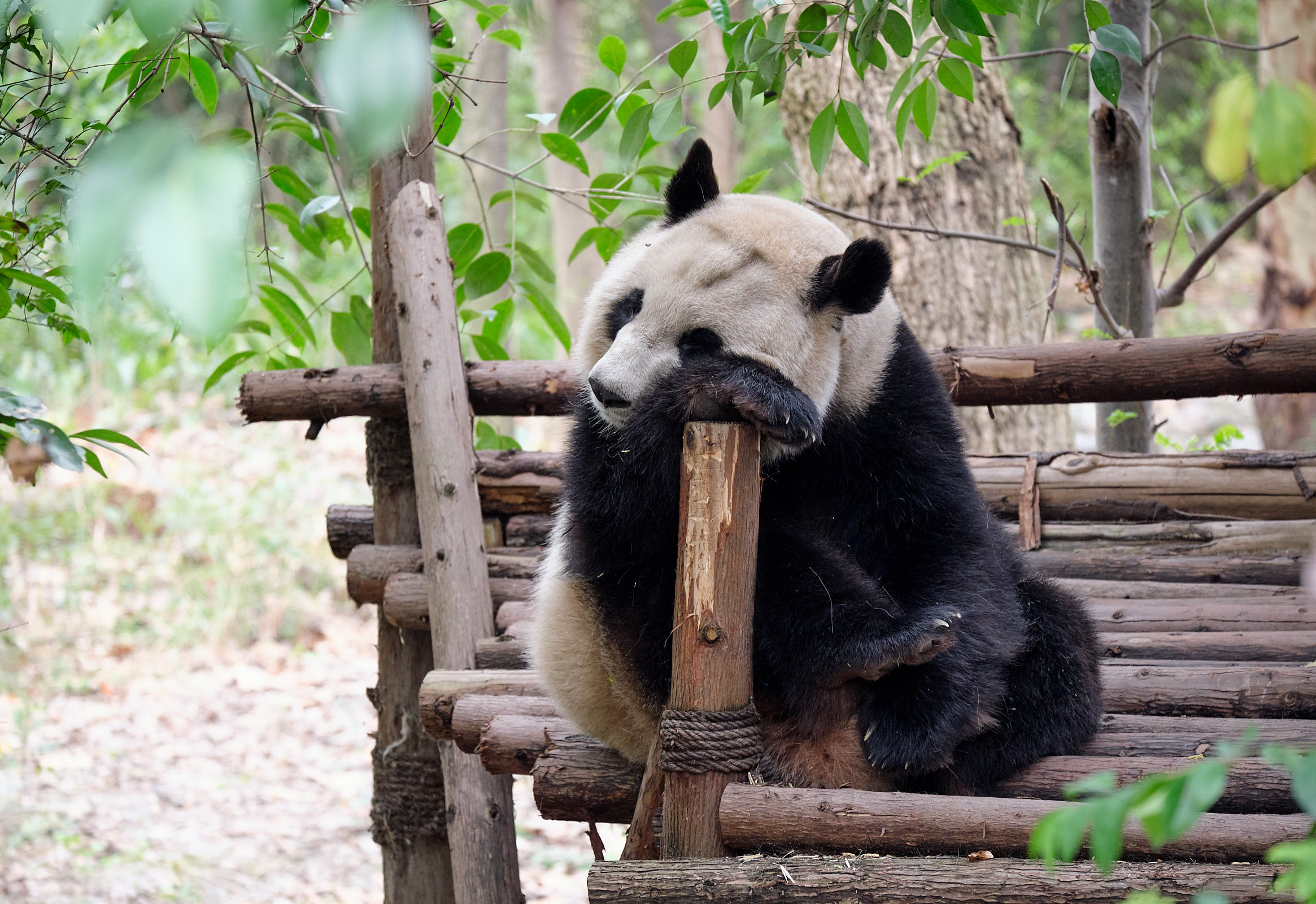
The pace of development in Chengdu is shocking even to someone who has become immune to the rapid changes I’ve witnessed in China. Entire neighbourhoods have been redeveloped into modern buildings with modern conveniences.
Thankfully, the local government has preserved many of the ancient and historic parts of the city like the wide-street-narrow-street (Kuanzhao Alley) area which is a lot of fun to walk around and explore.
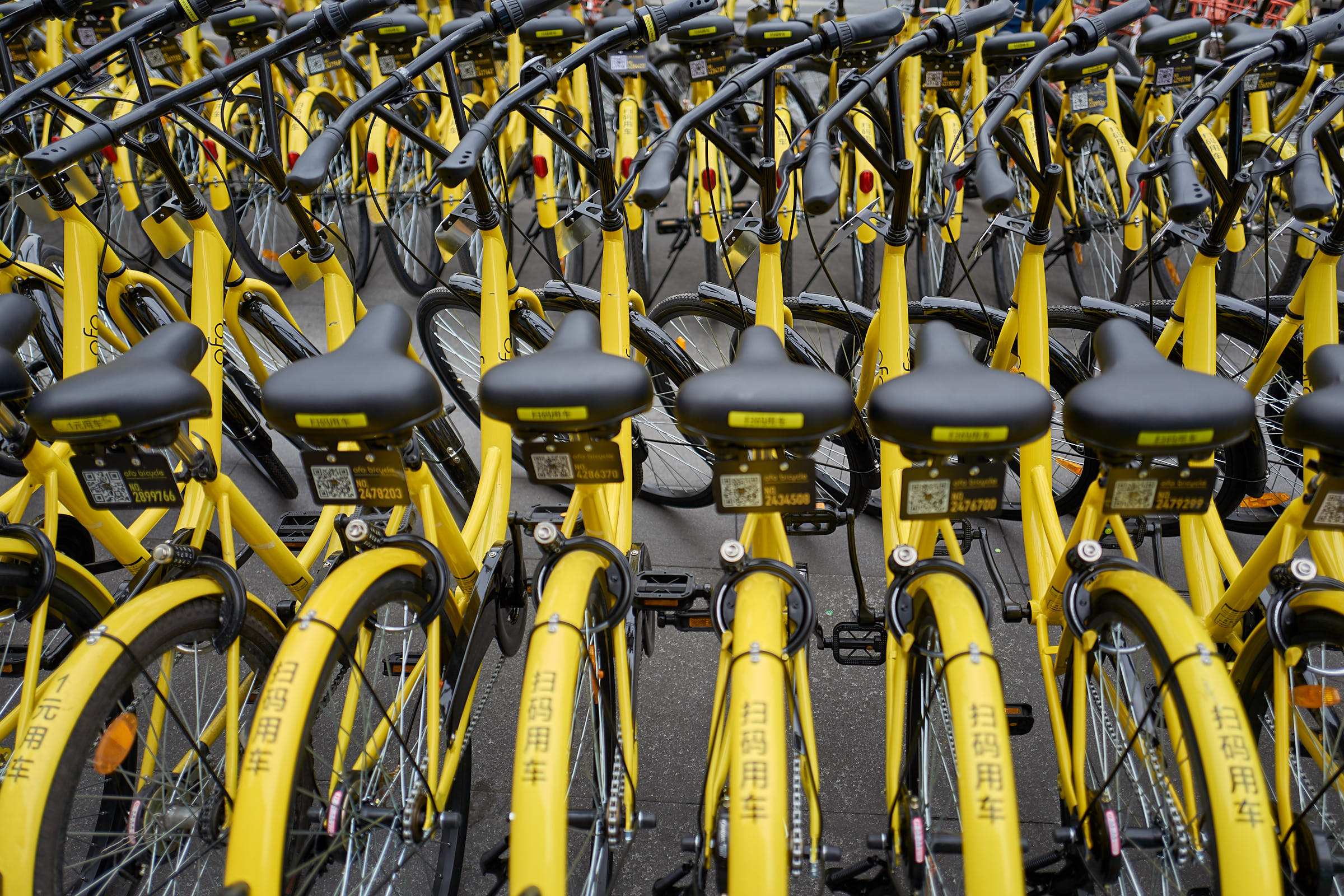
The main reason most people go to Chengdu is to see the Panda bears and to eat Sichuan spicy food, especially the hot pot. There’s really no need to identify specific restaurants because there are great hot pot restaurants on every street corner and they all do a good job of serving up the famous numbing spice.

For this visit, we stayed at The Temple House hotel, a mash up of a historic facade, with a modern new build. The Temple House is part of the Swire Group, which also owns the excellent Opposite House and East Hotels in Beijing and the Upper House in Hong Kong.

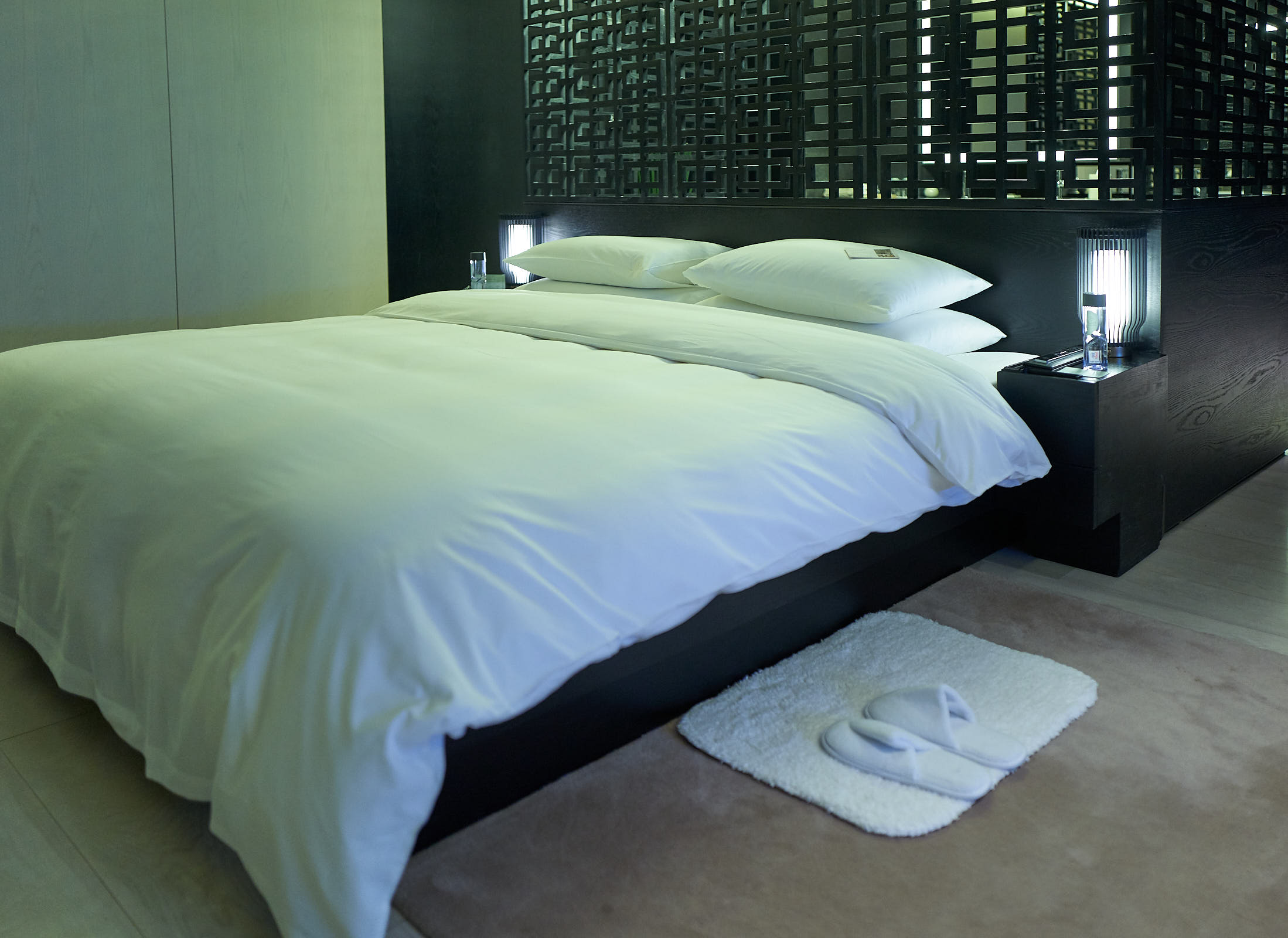

While the hotel looked beautiful on the surface, we were somewhat disappointed in the upkeep of the hotel. Our shower head leaked badly, doors wouldn’t close properly because their hinges were wearing out, and the black wood, used extensively in the hotel design, which should look sleek, actually looked cheap because of the poor paint and materials used.
The hotel however is located very conveniently next to, and a part of, the giant Tai Koo Li development which includes a lot of shopping, dining and drinking options. It’s also built by the Swire Group which created the famous Tai Koo Li Sanlitun area in Beijing.
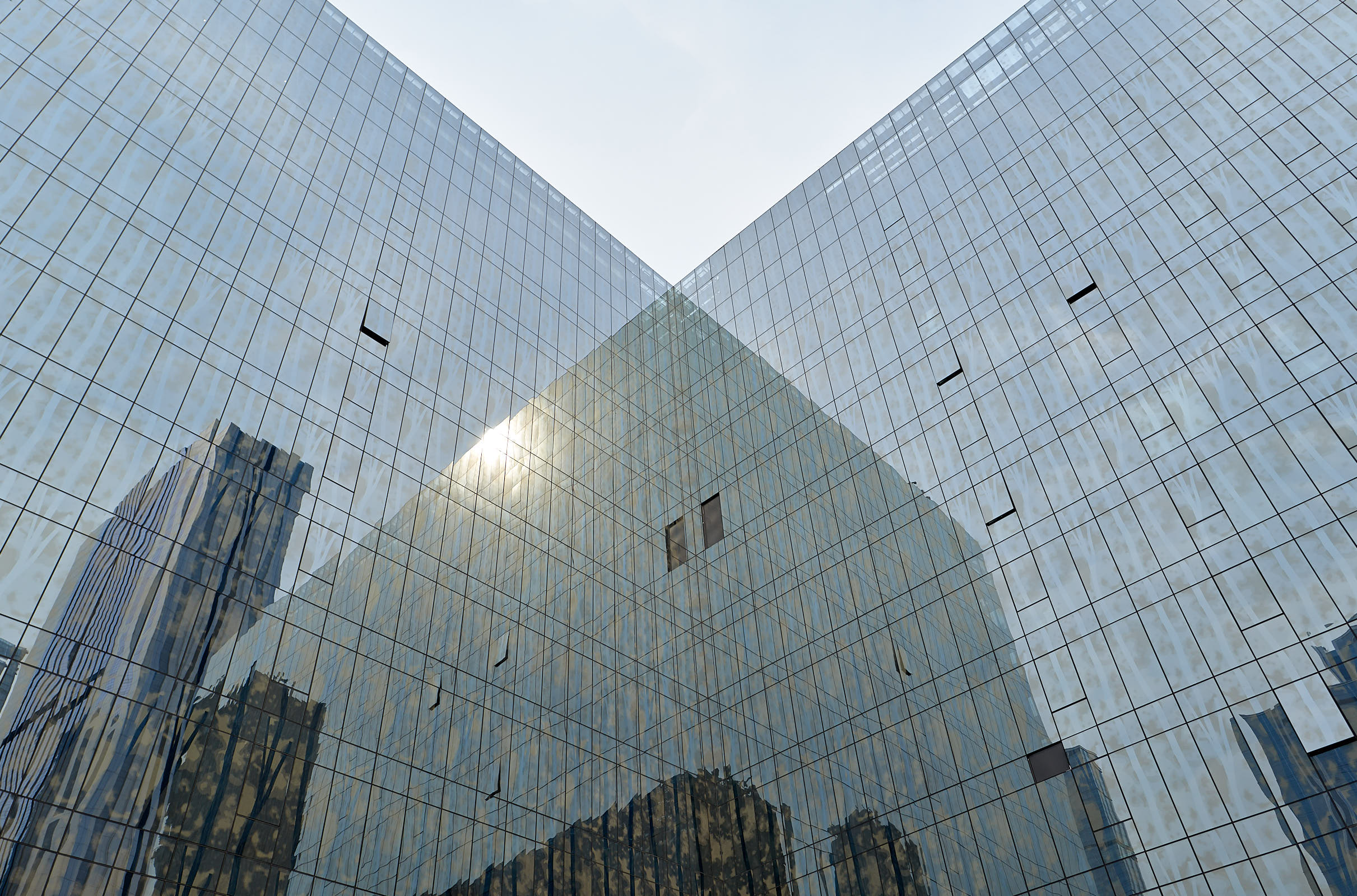
As with most modern Chinese cities, LED lights play a big part in creating an incredible energetic ambiance. Chengdu is no slouch there with the beautifully lit Anshun Bridge. The area around the bridge is famous for its bars and restaurants lining the waterway.

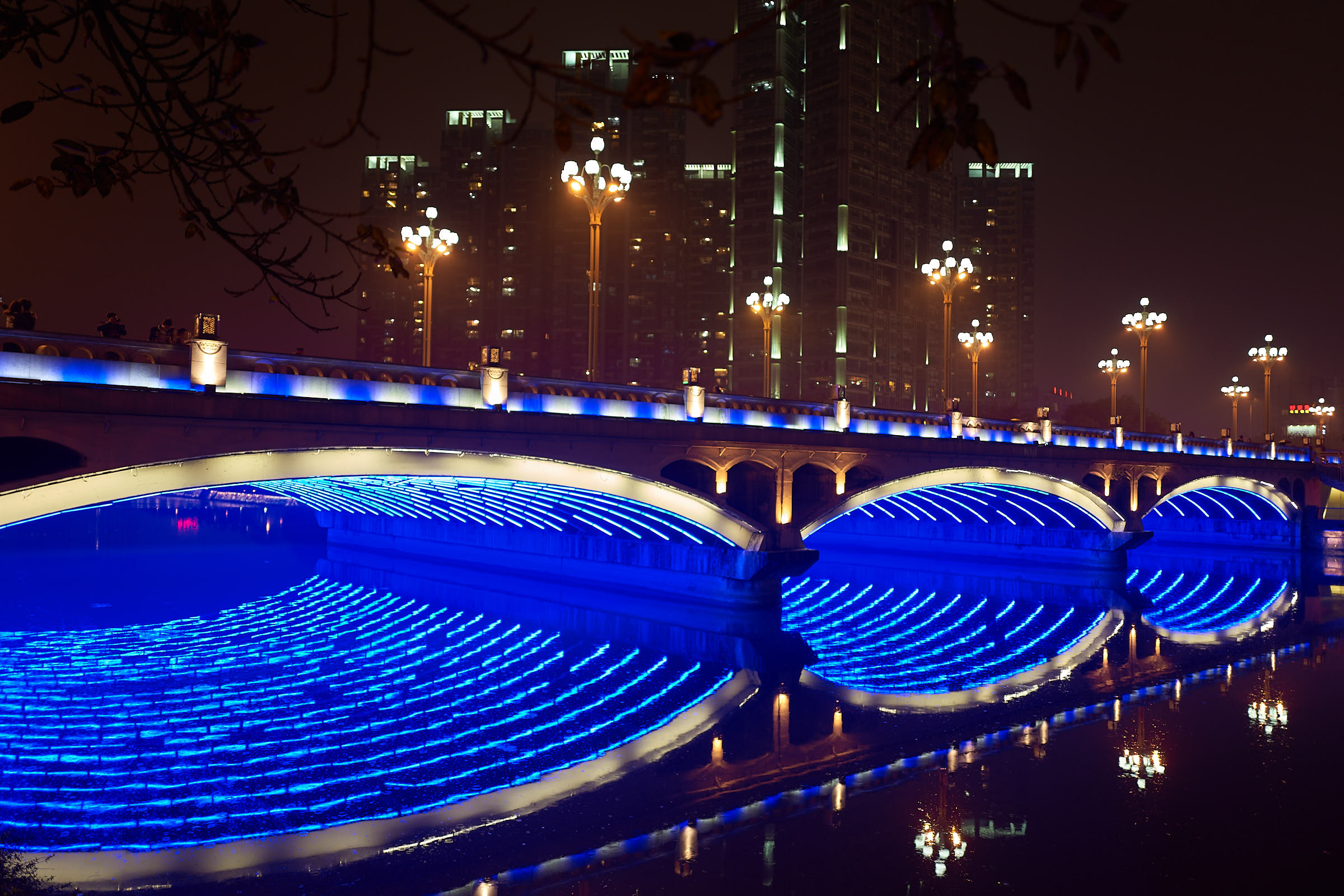
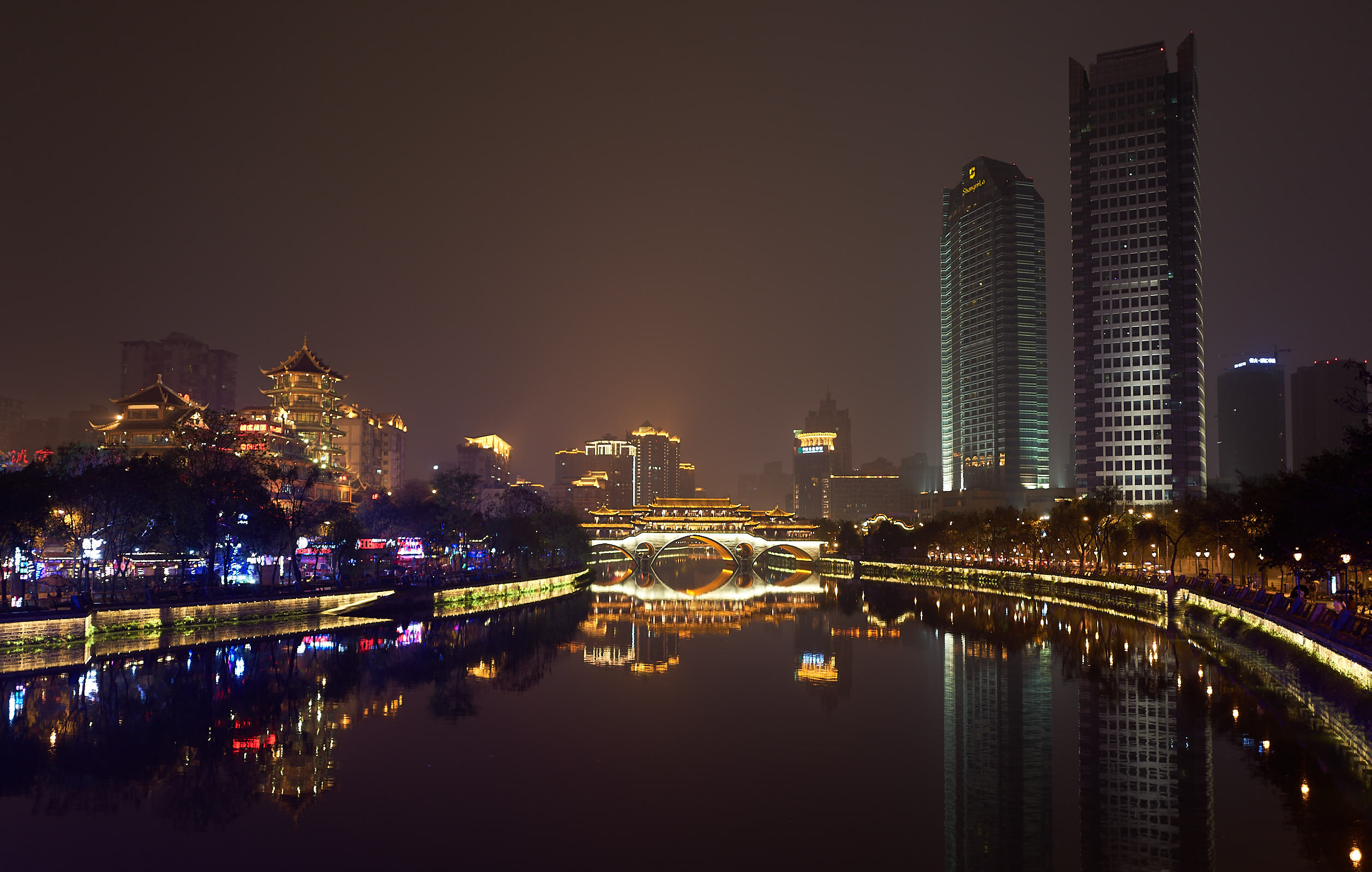

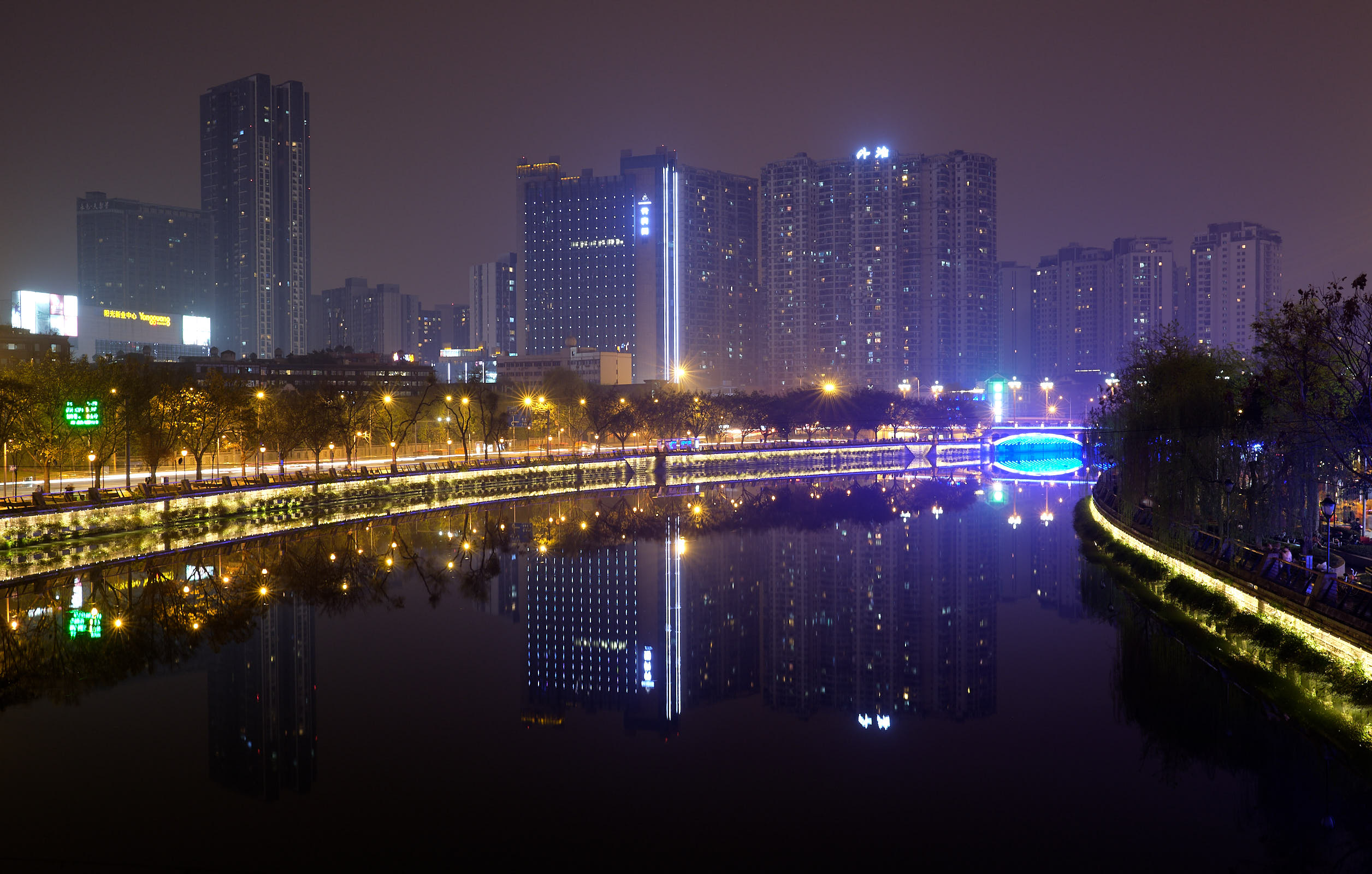
There’s even an odd Marco Polo plaque on the bridge as it was one of the bridges he wrote about from his travels around China.
One of the highlights of any visit to Chengdu is seeing the Panda bears in the research centres. The grounds are well kept and fun to walk around from one station to the next. We even came across a beautiful peacock.
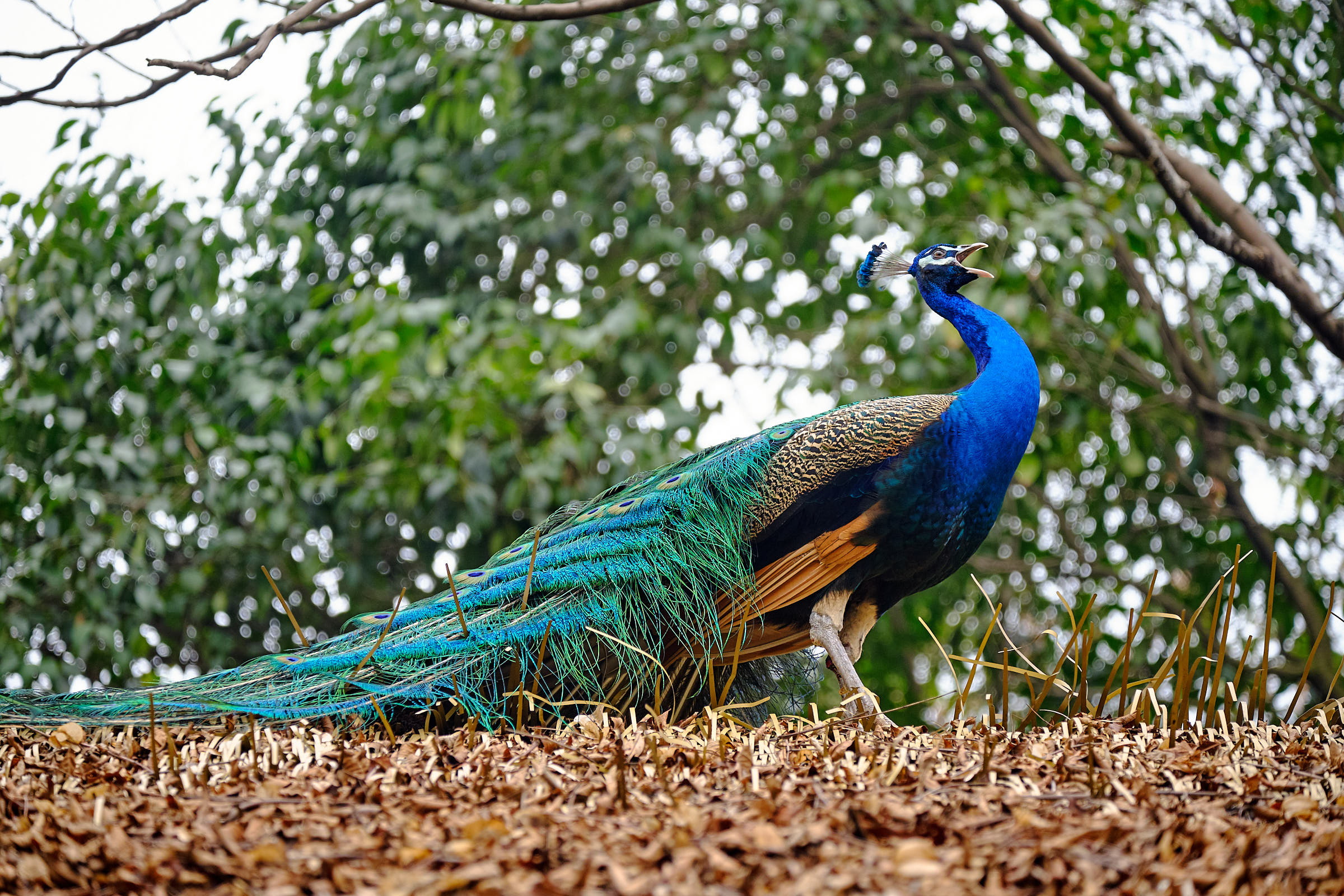
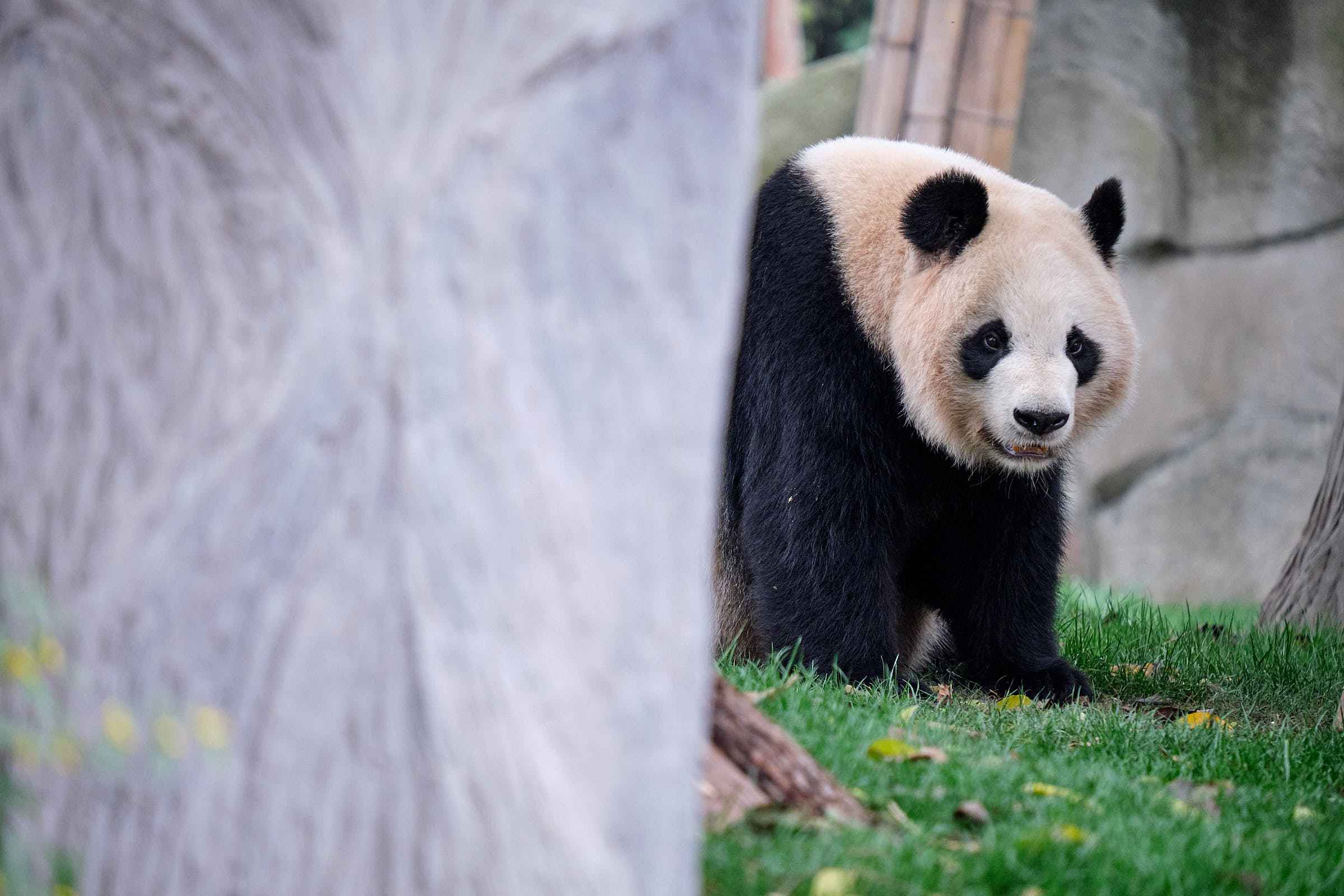


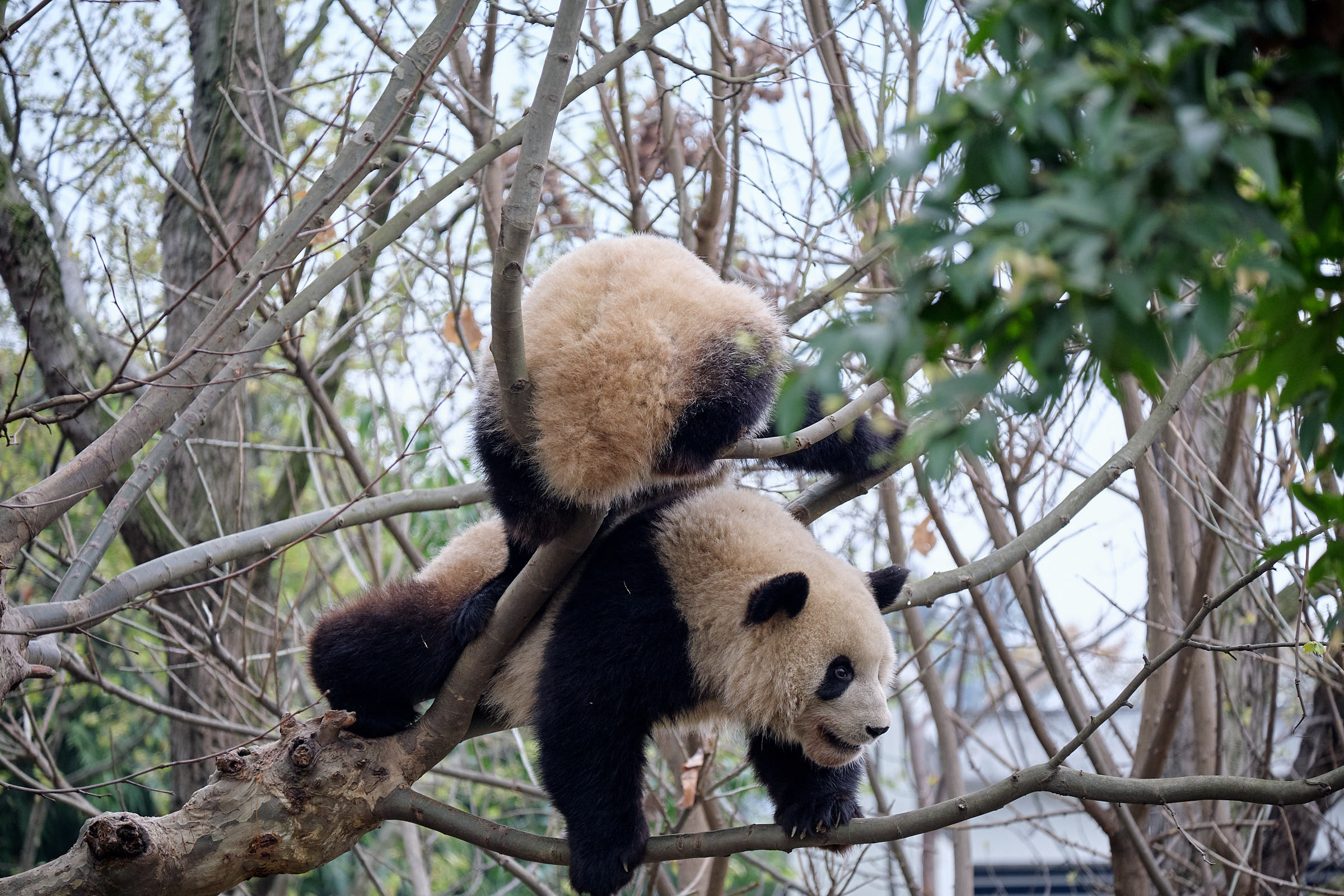
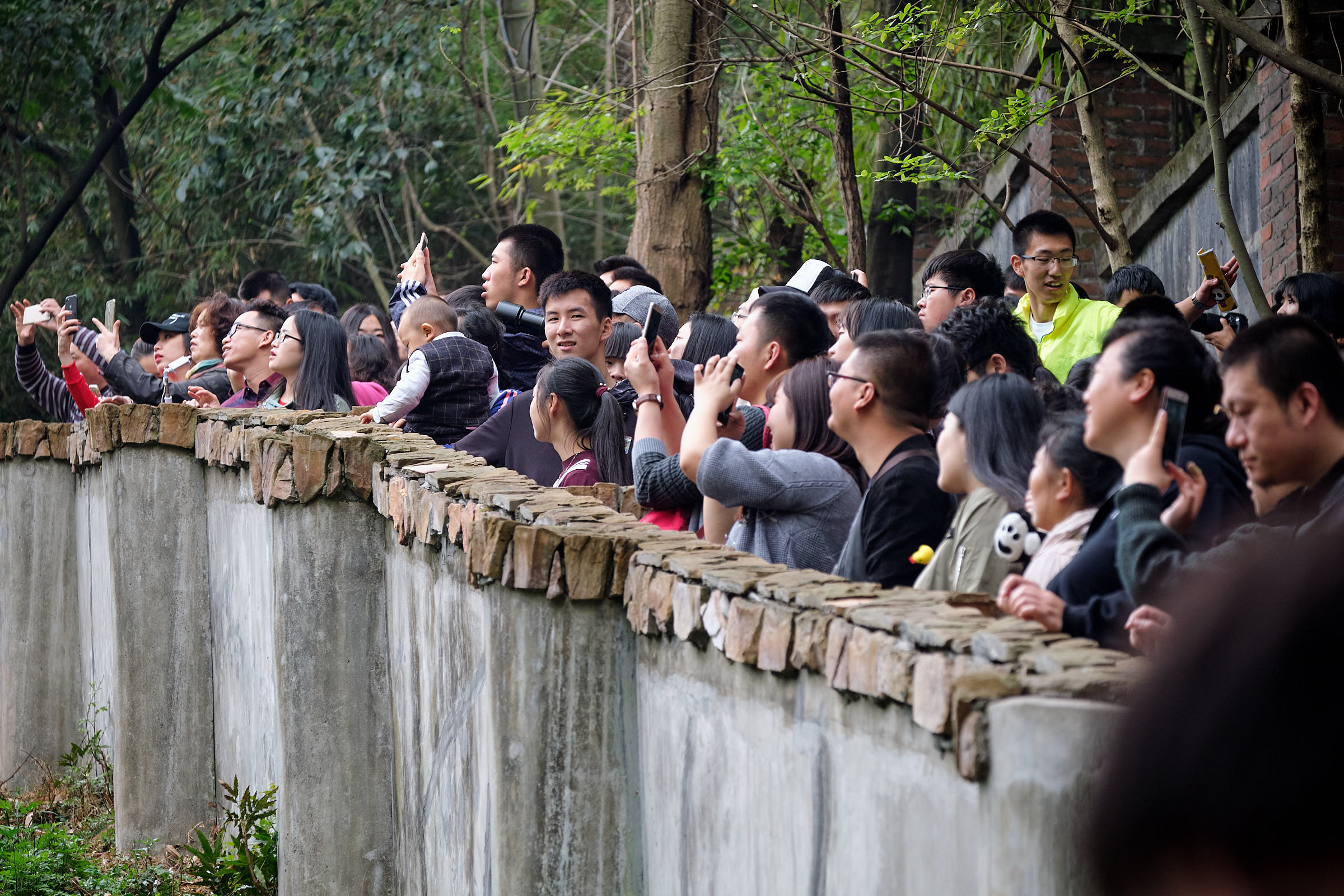
This post barely touches on what Chengdu has to offer, but I thought I’d share a few images from a short weekend trip there, with hopefully more to come in the future when I get to visit Chengdu for a longer period of time in the future.
Discover more from fcracer - Travel & Photography
Subscribe to get the latest posts sent to your email.